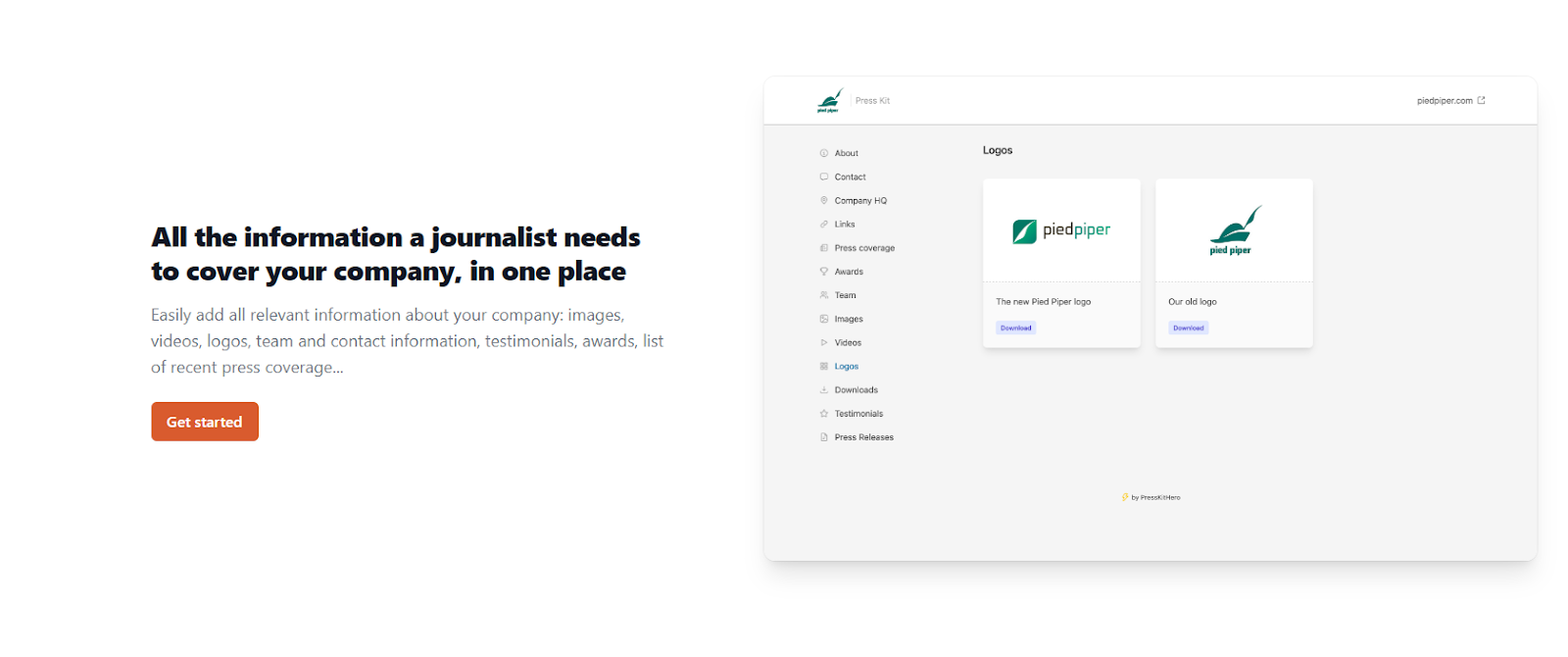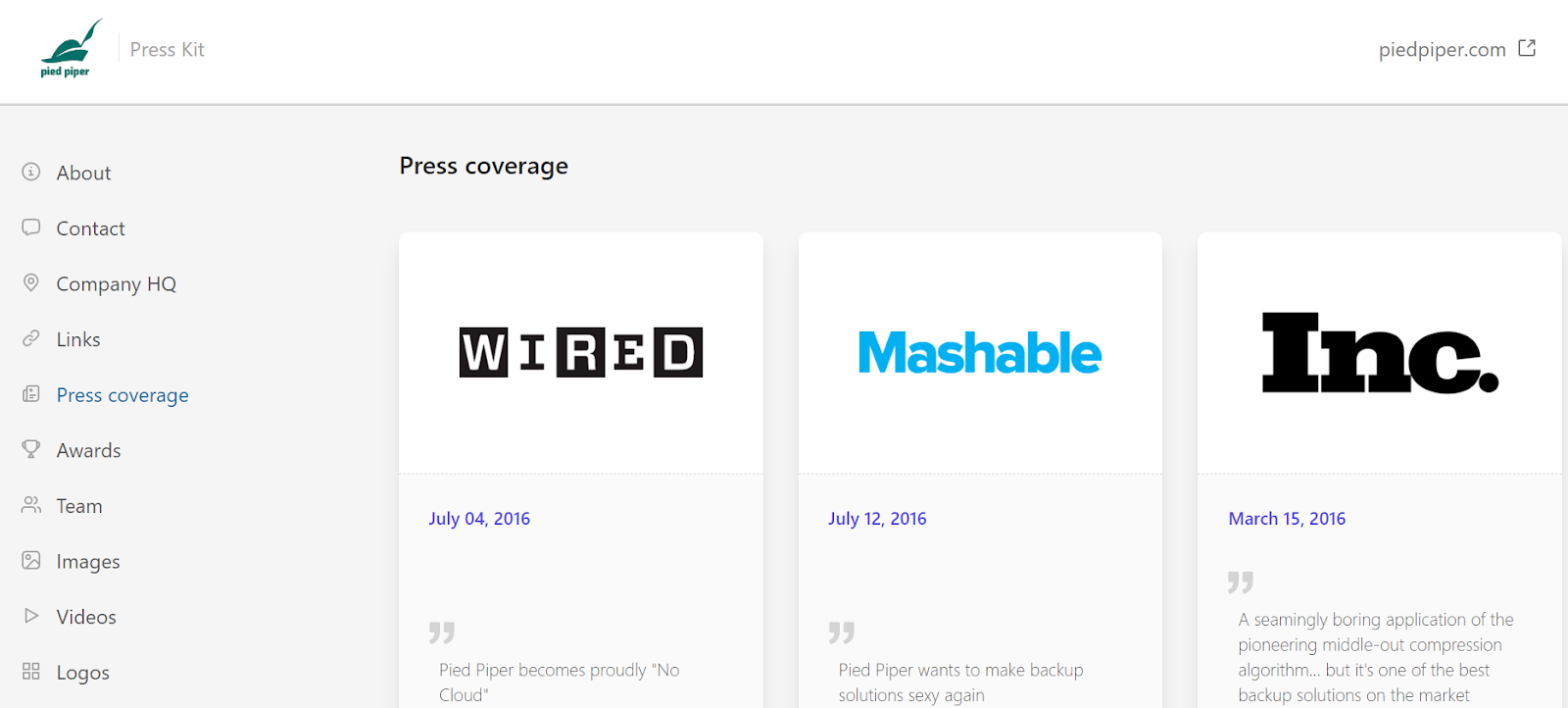How to Use PR Measurement to Track PR Success For Your Brand - The Complete Guide of 2023
PR measurement is an important part of tracking PR success for your company. You can determine how well campaigns did by measuring them against PR metrics, such as website traffic and online engagement. You can use these measurements to analyze what you did well and what you need to improve upon to achieve the best results.
All companies want to be well-known among the public in order to increase sales and popularity. Managing public relations is one way of achieving that. It can greatly improve brand awareness and reputation if done right.
In this article from PressKitHero, we’ll give you all the details on PR measurement and how you can use it in tracking PR success for your brand. So let’s get into it.
What Is PR Measurement?
PR stands for public relations, which essentially refers to the communication between a brand and its audience. The aim of PR is to establish a positive relationship with the public and build a good reputation through a publicity strategy. PR campaigns involve activities that improve your brand awareness through things like press coverage, sponsored events, and even social media posts.
With that in mind, PR measurement is the process of measuring how well one or more PR activities performed against a series of metrics, such as brand awareness and share of voice (SOV). This helps you determine the level of PR success a campaign reached and areas that require improvement.
Why Is Measurement Of PR Important?
Know How To Invest Your Money
Measuring PR success lets you see where you should be investing your money. For example, if one specific campaign achieved high PR success, you should invest your money into creating more of that same type of campaign. This can also help you cut down on spending on PR methods that don’t bring any real returns, helping you save money in the long-run.
Measure Success Against Competitors
You can use PR measurement to compare your PR success against competitors. For example, you can use share of voice to see how many brand mentions you get compared to your competitors.
Improve PR Strategies
Measuring PR can give you insights into how to improve future campaigns. Determining a campaign’s PR value allows you access to useful data, which can be used to plan better marketing strategies.
Monitor Brand Image
PR measurement allows you to keep a close eye on what people are saying about your brand. This makes managing your reputation easier and can alert you of any controversies that need addressing.
PR Measurement Tools
PR measurement tools help you monitor how your PR campaigns perform, usually by collecting data on the number of times your brand gets mentioned across mediums.
It’s important to get your brand’s name out to the media first before you can start monitoring mentions. This is where PressKitHero comes in, which allows you to create a professional and presentable presskit, making sure to provide a good impression of your brand for those in the media. Sign up today and start making your own press kit!
Mention
Mention is a quick and easy tool to help you measure how many times your brand has been mentioned on websites. You can simply input the name of your company or brand, and the sources or websites you want to track. Then, Mention will notify you every time your brand gets mentioned. Simple!
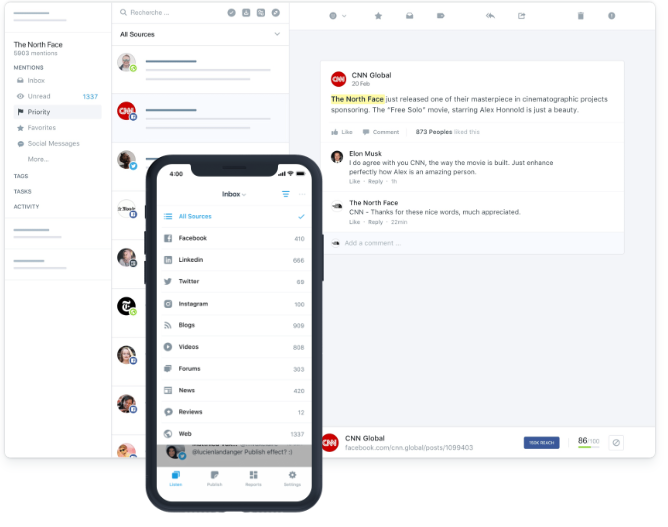
Critical Mention
Critical Mention helps you monitor the number of times your brand gets mentioned across multiple mediums. You can search for mentions across TV, radio, news online news outlets, and social media! You can also clip broadcasts that mention you, and share them on your social media channels.
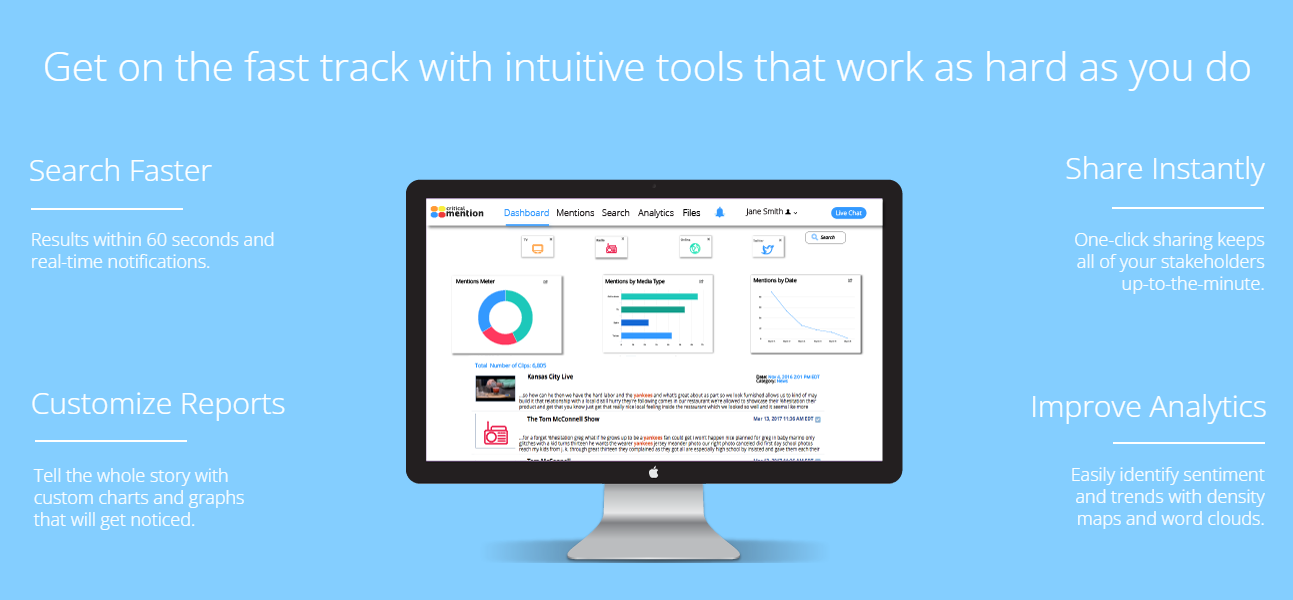
Brand24
Brand24 is a tool for monitoring brand mentions across online platforms, such as social media, blogs, forums, and reviews. This tool is great for measuring brand awareness and reputation. You can also use this tool to view competitor mentions and compare the results to calculate share of voice.
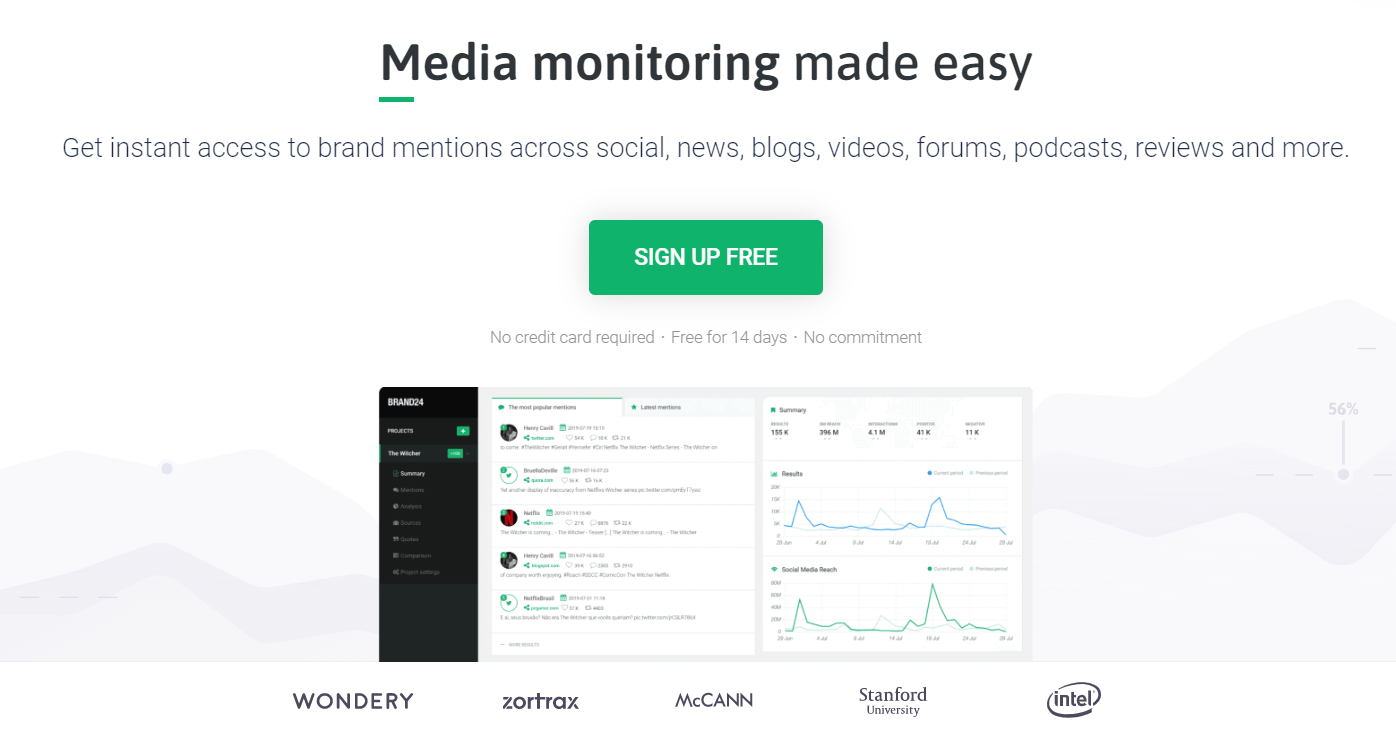
How To Measure PR
Step 1: Identify Your Objectives
Before you can measure PR, you must first identify your PR objectives. This allows you to get a clear idea of what success means for your campaigns. Look at your predetermined objectives and organize them from most important to least important. Use these objectives to determine which PR metrics to prioritize in your PR measurement.
Step 2: Establish PR Metrics
Now you must decide which PR metrics to use in your measurement. There are different aspects of PR you should be measuring, all of which focus on different areas:
Outputs
These are PR campaigns produced by your company, such as social media posts, events, press releases, and more.
Outtakes
This refers to your audience’s response to a PR campaign, such as feedback from events, social engagement, web hits, and more.
Outcomes
This refers to changes in your customers’ actions or behavior as a result of your PR activities, such as buying your products, becoming brand ambassadors, signing up for a trial, and more.
Examples of PR Metrics
There are many metrics to choose from, but here are a few common ones used by brands:
Brand Mentions
Track how many brand mentions there are for your company across online platforms to measure your brand awareness. Look at comments, blog posts, headlines, and more.
Brand Image (Sentiment Analysis)
Measure your brand image by seeing how many mentions are positive and how many are negative. You can get a good idea of your audience’s sentiments and how they feel about your brand. Are they recommending your brand or criticizing you? You can search for keywords like ‘innovative’ or ‘terrible’ when looking at brand mentions to quickly find this information.
Share Of Voice (SOV)
Share of voice measures how much brand awareness you have compared to your competitors. Look at brand mentions for your competitors and see how they match up to your own. Do they get more publicity than your brand? If so, by how much?
Online Engagement
Measure your online engagement by viewing your social likes, comments, views, and shares. Look at your different social media platforms and measure engagement for each one. Which posts are the most popular and which posts performed poorly?
Website Traffic
Look at how many visitors your website receives and where they’re coming from. Are they coming from your social media channels? Or are they coming from third-party sources, such as guest posts? Note down your website traffic before a PR campaign to see if visitor numbers spike after it launches.
Message Pull-Through
Message pull-through refers to third-party sources mentioning key messages from your PR campaign. This shows that your messages actually reached the media. Are your campaign messages well-received? Are publications correctly conveying your messages? How often are these messages being mentioned?
Reach
Estimate how many people saw or read your press coverage by assessing a publication’s audience reach. How many followers do they have on social media? How many brand mentions do they have? Get a sense of their brand awareness and level of fame.
Backlinks
Check how many third-party sites include hyperlinks to your company website. You should also look at the domain authority of those sites to estimate how high they’d rank on search results for subjects relating to your brand. The lower the score, the lower the rank. You can use specialized tools to check for these metrics.
Step 3: Find A PR Measurement Tool
Now that you’ve established your PR metrics, you need ways to actually measure them. Find suitable PR measurement tools to help you obtain the data you need. Look for tools specializing in analytics and social monitoring, such as Brand24.
You can use PR measurement tools to receive accurate data in shorter amounts of time than if you were to measure everything manually. Some tools are free while others require a subscription fee.
Step 4: Improve Campaign Strategies
Now that you’ve measured your PR success, it’s time to start thinking of ways to improve your campaign strategies.
Evaluate PR Success
Note down what objectives you failed to meet and what metrics performed poorly. Then, begin devising plans for improving those metrics in your next campaign.
Create A Press Kit
Make sure publications and other media sources have easy access to your company details, so they can give you high-quality and accurate press coverage. You can achieve this by creating a press kit, which includes important company information and relevant promotional materials.
You can use PressKitHero to quickly create a professional press kit that’s easy to navigate.
A press kit should include:
- Bio (e.g. mission statement)
- Logo & Tagline
- Contact Details
- Company Location
- Company Websites & Social Media
- Press Coverage/Releases
- Awards
- CEO/Head Employees
- Promotional Images & Videos
- Testimonials
- Documents (e.g. pitch deck)
Conclusion
PR measurement is a useful method for gauging the success of your PR activities, which you can use to determine what went well and what needs improvement in future campaigns. PR measurement is carried out using a series of metrics, which include brand mentions, website traffic, and online engagement. Use analytics and social listening tools to measure your PR metrics.
The success of a PR campaign also depends a lot on the type of coverage you get. In order to receive high-quality press coverage, it’s beneficial to have a press kit ready for publications and other media sources to refer to.
You can easily create your own professional press kit using PressKitHero. We offer a user-friendly interface to make the process as simple as possible. Join PressKitHero for free today to start making your press kit.
